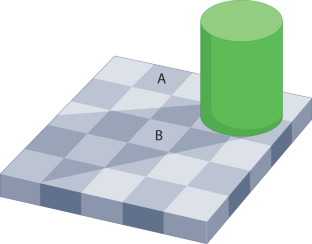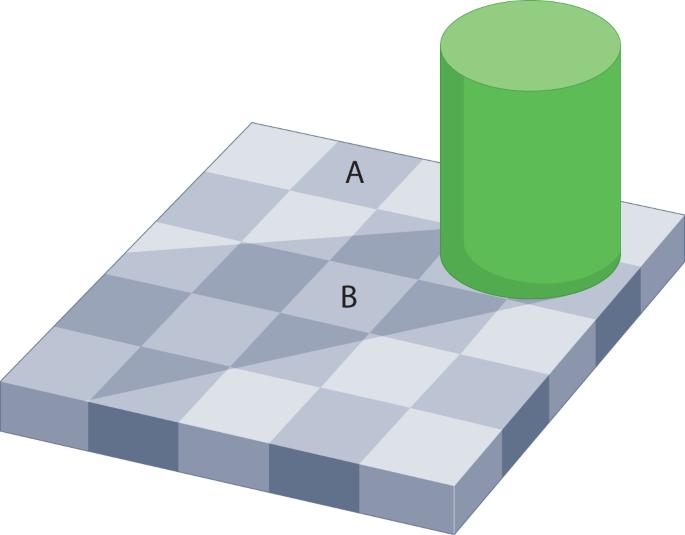Deep learning in rheumatological image interpretation
IF 29.4
1区 医学
Q1 RHEUMATOLOGY
引用次数: 0
Abstract
Artificial intelligence techniques, specifically deep learning, have already affected daily life in a wide range of areas. Likewise, initial applications have been explored in rheumatology. Deep learning might not easily surpass the accuracy of classic techniques when performing classification or regression on low-dimensional numerical data. With images as input, however, deep learning has become so successful that it has already outperformed the majority of conventional image-processing techniques developed during the past 50 years. As with any new imaging technology, rheumatologists and radiologists need to consider adapting their arsenal of diagnostic, prognostic and monitoring tools, and even their clinical role and collaborations. This adaptation requires a basic understanding of the technical background of deep learning, to efficiently utilize its benefits but also to recognize its drawbacks and pitfalls, as blindly relying on deep learning might be at odds with its capabilities. To facilitate such an understanding, it is necessary to provide an overview of deep-learning techniques for automatic image analysis in detecting, quantifying, predicting and monitoring rheumatic diseases, and of currently published deep-learning applications in radiological imaging for rheumatology, with critical assessment of possible limitations, errors and confounders, and conceivable consequences for rheumatologists and radiologists in clinical practice. Deep learning is a powerful technique with great potential for the analysis and interpretation of rheumatological images. To successfully use deep learning, rheumatologists should understand the tasks involved in image processing and the potential confounders and limitations that can affect the analysis of clinical data.


风湿病图像解读中的深度学习。
人工智能技术,特别是深度学习,已经在广泛的领域影响了日常生活。同样,在风湿病学领域也进行了初步应用探索。在对低维数字数据进行分类或回归时,深度学习的准确性可能不会轻易超过传统技术。然而,在使用图像作为输入时,深度学习已经取得了巨大的成功,其性能已经超过了过去 50 年中开发的大多数传统图像处理技术。与任何新的成像技术一样,风湿病学家和放射科医生需要考虑调整他们的诊断、预后和监测工具库,甚至他们的临床角色和合作。这种调整需要对深度学习的技术背景有基本的了解,以便有效利用其优势,但也要认识到其缺点和隐患,因为盲目依赖深度学习可能与深度学习的能力相悖。为了促进这种理解,有必要概述用于检测、量化、预测和监测风湿性疾病的自动图像分析的深度学习技术,以及目前已发表的深度学习在风湿病学放射成像中的应用,并对可能存在的局限性、误差和混杂因素,以及对风湿病学家和放射科医生在临床实践中可能产生的后果进行批判性评估。
本文章由计算机程序翻译,如有差异,请以英文原文为准。
求助全文
约1分钟内获得全文
求助全文
来源期刊

Nature Reviews Rheumatology
医学-风湿病学
CiteScore
29.90
自引率
0.90%
发文量
137
审稿时长
6-12 weeks
期刊介绍:
Nature Reviews Rheumatology is part of the Nature Reviews portfolio of journals. The journal scope covers the entire spectrum of rheumatology research. We ensure that our articles are accessible to the widest possible audience.
 求助内容:
求助内容: 应助结果提醒方式:
应助结果提醒方式:


